Last year for whatever reason I did not pay much attention to the vegetable garden. Maybe I was too busy with the new blog, documenting my extensive yard cleanup. Maybe it was the unusually warm spring. Maybe I just forgot. Whatever the reason, I made several mistakes last year: I didn't start my cold-weather plants like lettuce and spinach early enough, I didn't prepare the soil very well, and I didn't write about any of it! I have no idea when I actually sowed the seeds, what types I sowed, when I fertilized, and so on.
Oh, I did some veggie garden updates, but without a starting point for reference they weren't much use. This year I'm determined to do better. Step one is to get some seeds started early, so that's what I did last weekend.
I didn't start everything, just the cold-weather stuff. I'll start more seeds over the next few weekends, but if I want any lettuce this year I'll have to get moving.
I decided to pick up a little peat pellet kit, as it was the fastest and easiest way to get some plants going. I have different kits from previous years, but I didn't want to spend time digging around to find them, then making sure the old trays didn't leak and all of the parts were there. I just wanted to get some seeds planted!
I also didn't just direct-sow these into the ground because the veggie beds need a lot of work: vines need to be removed from trellises, trellises need to be removed, fence needs to be repaired, compost needs to be added -- there's a lot to do before plants can go in there. So the seeds get their start in a controlled environment, which actually may be best in the long run.
After soaking in some warm water for an hour or so (as I took a lunch break) the pellets had expanded and were ready for seeds:
I'll be planting two types of spinach, two types of lettuce, two different kales, and a couple of different mustard greens. I like to go conservative with the seed usage, so will just put a single seed in most of these pods. I will put 2-3 of the lettuce seeds in each though, because the seed is small and it's difficult to isolate a single seed -- I don't have all day!
I lay the seeds right on top of each "pot" so I can see which ones I've already filled. Once all the seeds are laid out, I'll push the seeds in using a little stick:
Another thing I'm doing differently this year is actually writing down which seeds were sown where:
I usually make some general notes, or just "try to remember". That hasn't worked for me too well in the past, and there's no point in continuing to do what doesn't work.
I should point out that my conservative seed usage combined with my small veggie plot means that my seed packets last a long time:
Although they're a couple of years old, I expect pretty good germination rates. There's still plenty of time to get some fresh seeds if these end up being too old, so I'm not overly worried about that.
One problem I've had with storing old seed is that sometimes I can't keep track of which end of the packet has been opened, and seed ends up spilling all over the place.
That just happened with two different greens: Mizuna and Komatsuna. It turns out that they both spilled at the same time, and their seeds are indistinguishable from each other. No hope in telling these apart until after the plants germinate -- luckily they look quite different as plants.
I'll stick these 72 potential plants out in the greenhouse which now has some space in it. Although the nights are still pretty cool (it will get below freezing tomorrow night) these should all be fine. I might have to close the greenhouse "door" for a night or two, but I'm not really worried about the temps.
I'm more worried about not having enough edible plants this year. I think I'll start another flat or two of seeds...
.
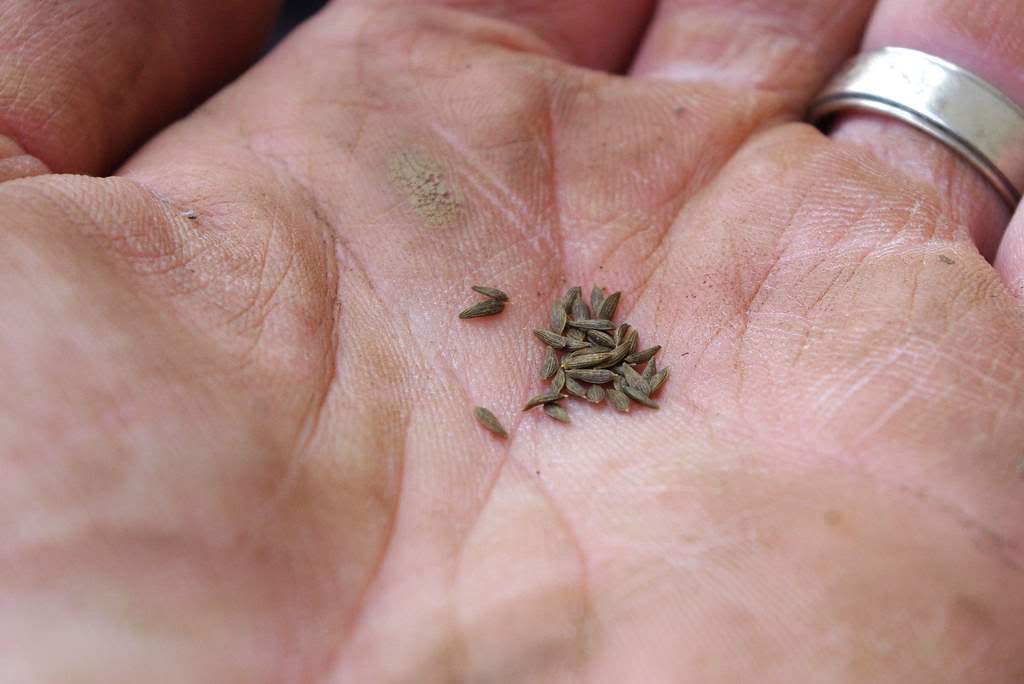
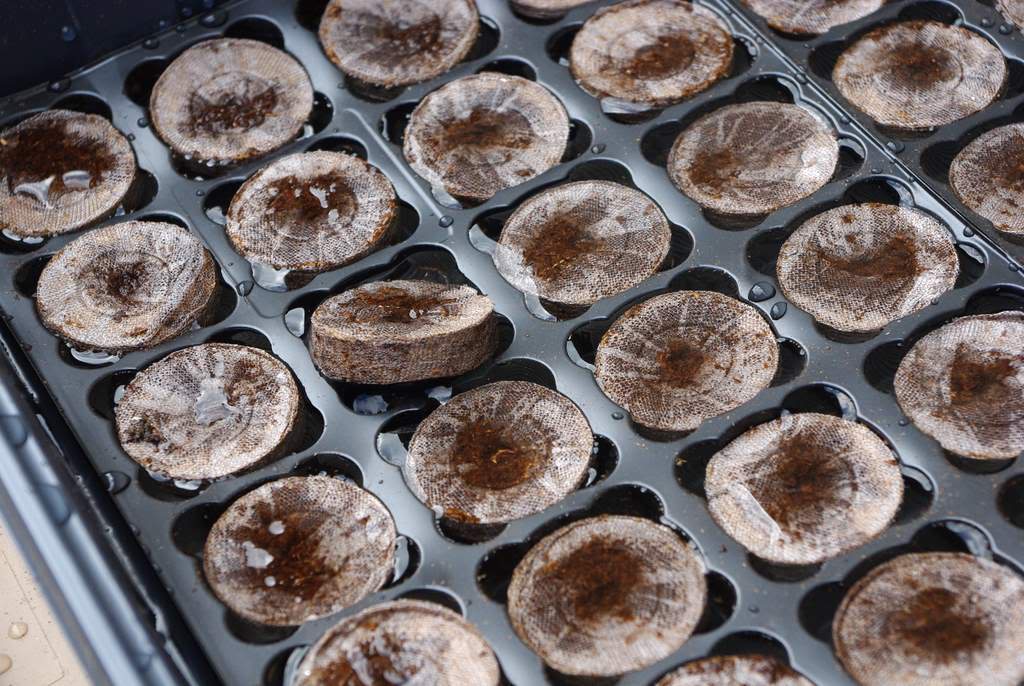
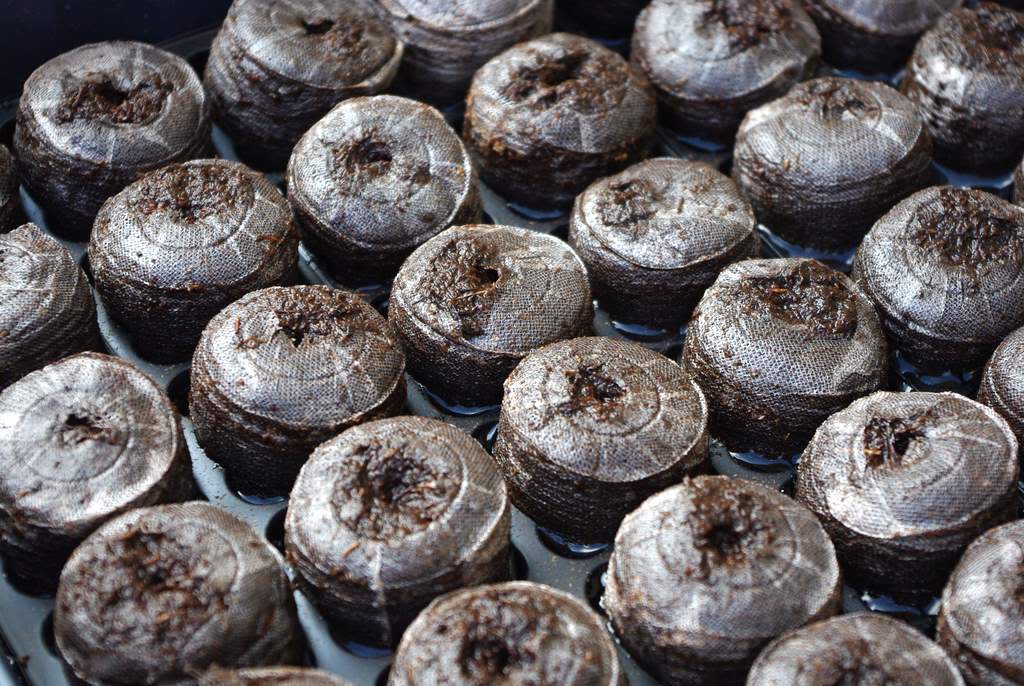
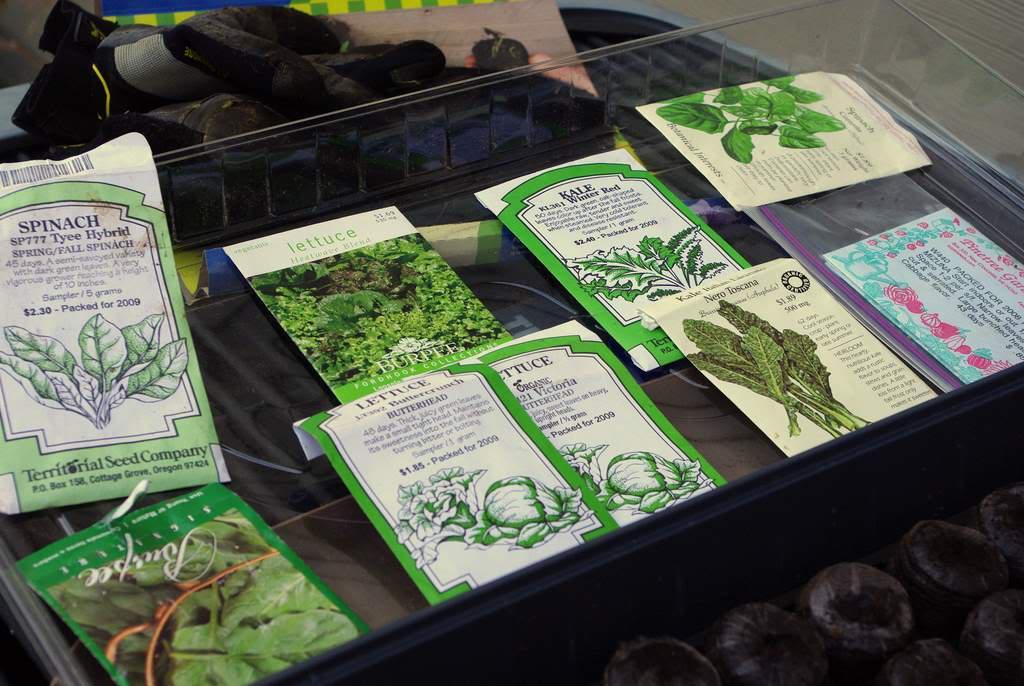
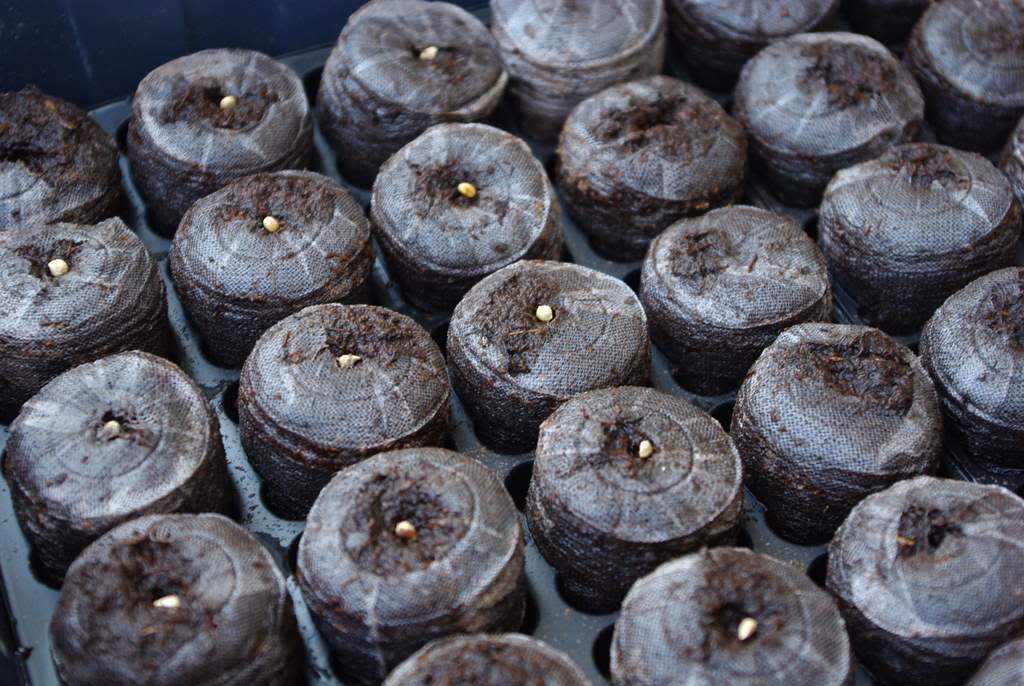

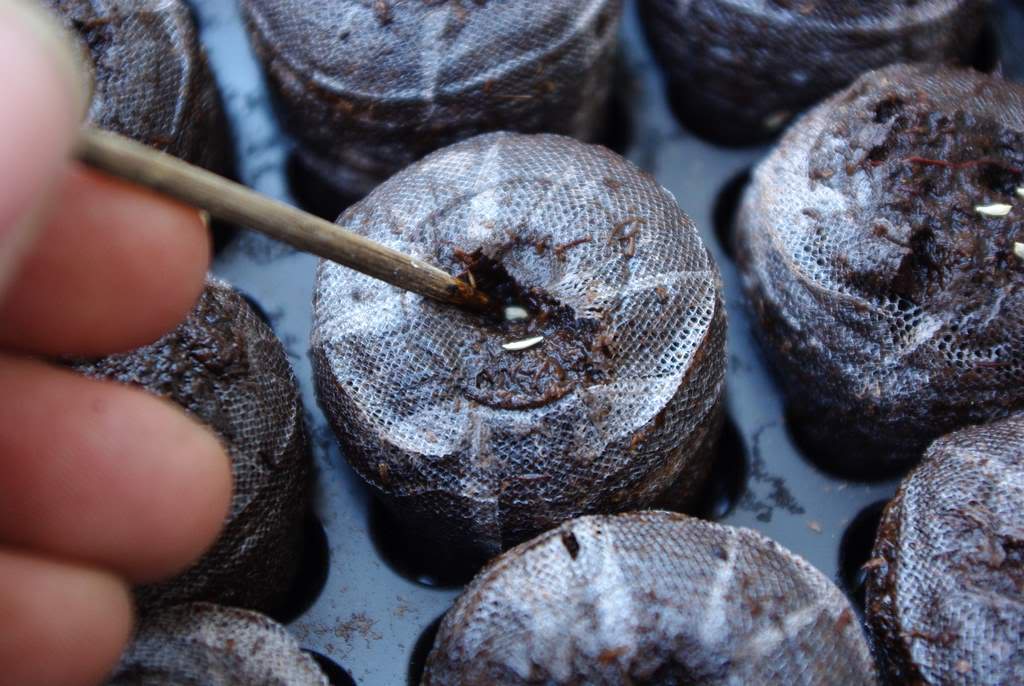
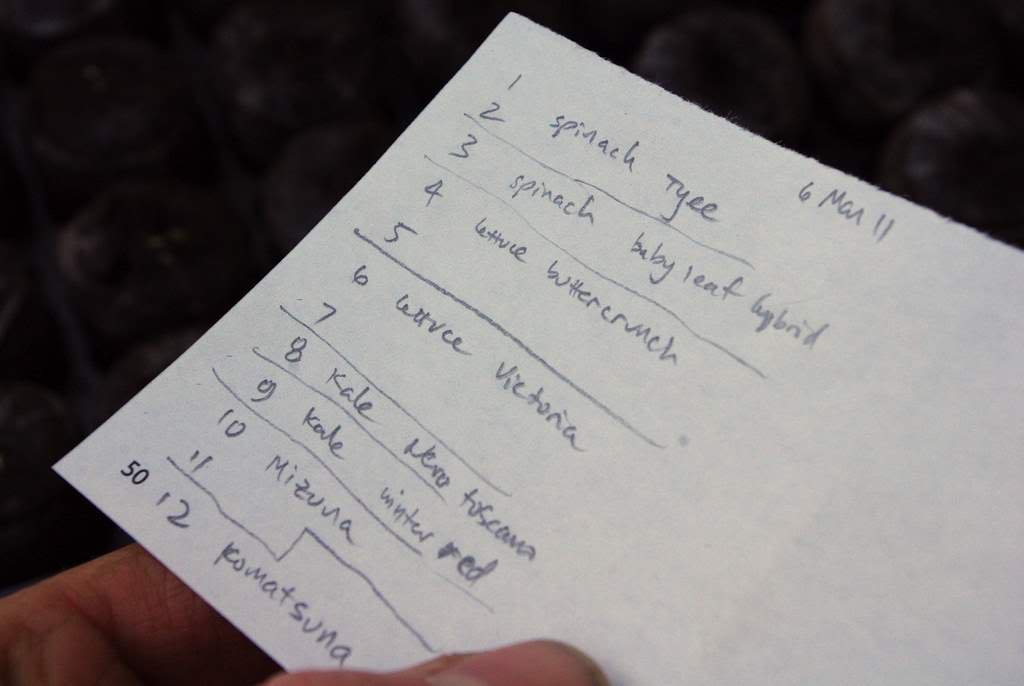
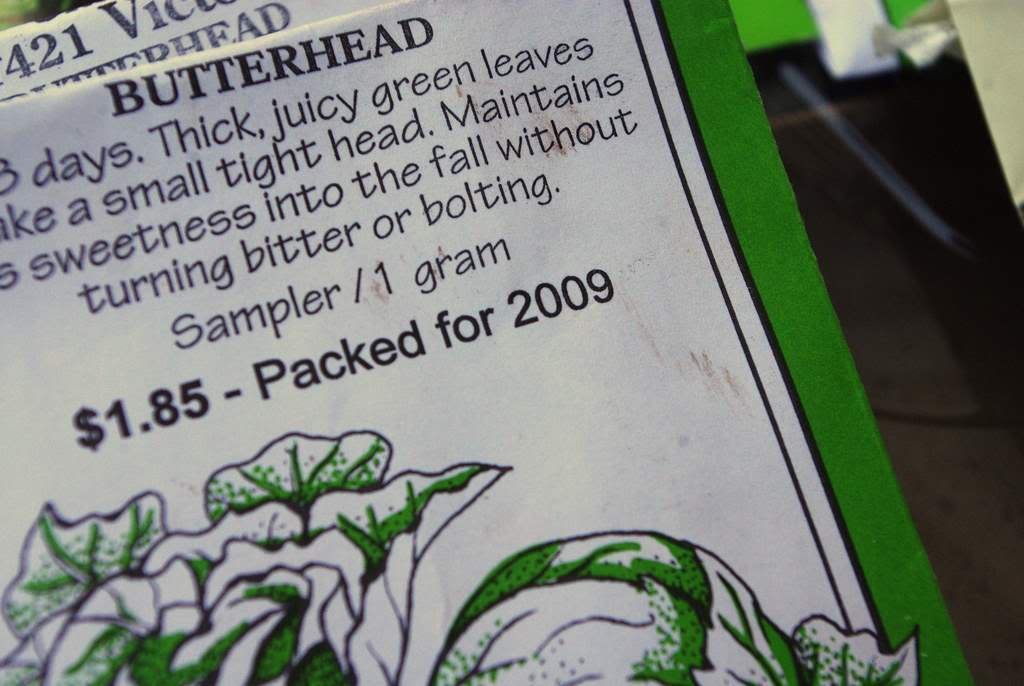


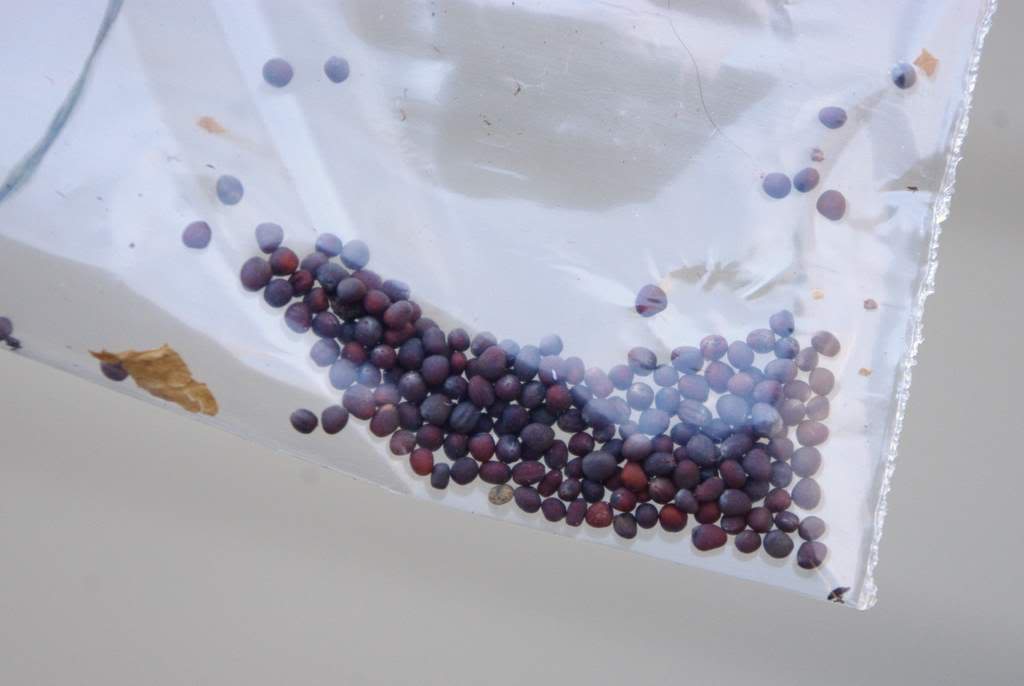
I admire your industriousness. I have to learn patience before I can grow from seed. I hope to learn from you, I like those seed poddy things you have but I've not seen anything like that here. If I find anything like that I may well give it a whirl. Looks a lot less finikety than what everone else is doing.
ReplyDeleteSince we don't have enough room inside the house to start seeds early, we typically sow them directly in the ground. Your post is a good reminder to do some of that this coming weekend!
ReplyDeleteExcellent documentation of your technique. That's why I love your blog!
Gerhard
:: Bamboo and More ::
Looks like you're all set for a great veggie garden this season! Recording all your work and planting times really is helpful; I should try to do a better job on this myself--trusting my memory these days isn't always the best idea:) Thanks for visiting me; it's always nice to meet another Midwest gardenere!
ReplyDeleteGreetings from Southern California
ReplyDeleteI am your newest follower. I invite you to visit my blog and follow me if you want too.
God Bless You :-)
~Ron
Those peat pellets look very convenient to use, but I've been lazy and always just sprinkle vegetable seeds straight onto the gardening bed.
ReplyDeleteI might have to give your method a shot for growing larger stuff such as broccoli and cauliflower which should probably start by mid April in the greenhouse to avoid late frosts.
Christine: they are pretty convenient. They make larger ones for tomato plants too.
ReplyDeleteRose: I'm also glad to "meet" another gardener from the vicinity. I'm quite familiar with central Illinois.
Ron: thanks for following!
Steve: broccoli and cauliflower can handle the frost no problem. Start them now! Oh but you probably don't get as hot as we do, so don't have to worry too much about heat causing early bolting or flowering.
I've always found those peat pellets hard to keep watered enough, they always seem to dry out - I've switched to watering from below using capillary matting. You're impressively organised, I need to get on and sow more things ready to plant out later in the month.
ReplyDelete